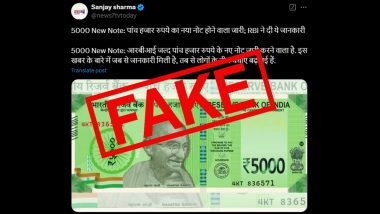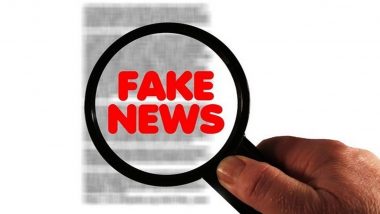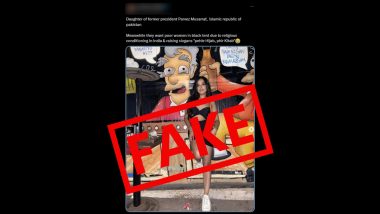The spread of coronavirus disease, COVID-19, is probably the first pandemic in history where technology and social media are used massively. The internet has been the most important tool to keep people safe, informed, productive and connected in the now socially distanced world. However, in the rush of keeping people updated as much as possible, there have been rising cases of the spread of fake news—likely as faster as the new COVID variant in itself. In India, the situation is worrisome and chaotic at the same time. With the increasing surge, shortage of hospital beds, COVID-19 drugs, oxygen supplies, and more, people often fall prey to false claims, creating more panic. So, how can you identify fake news? In this article, we bring you these quick steps to spread the misinformation during the COVID-19 pandemic.
What is a Fake News?
Fake news is false or misleading information presented as news. Significantly shared on social media platforms, it often has the aim of damaging the reputation of a person or entity. Most people fail to check the source of the material they view online before sharing it, which can lead to spreading false information. At the same time, it is difficult to find out the original source of such fake claims, making it difficult to assess their accuracy, but not impossible! Here are quick ways to spot misinformation so that you don’t fall victim to fake news amid the COVID-19 infodemic.
How to Identify Fake News?
- Try not to believe in anything and everything that you come across. One of the main reasons that false information is such a big issue is that it is often believable. Develop a critical mindset. Approach what you see and hear rationally and critically.
- The next step would be to assess the overall design of a particular story or a social media post. Note that fake news sites often look amateurish, have many ads, and use altered or stolen images. Besides, check the web address for the page you are reading. Many fake website URLs look odd or end with “.com.com” or “.lo.” Those who spread fake news sometimes create web pages, newspaper mockups or ‘doctored’ images that appear official but aren’t. For example, if you see a suspicious post from the World Health Organisation (WHO), check its official website to verify the claim.
- When a news story is credible, it will include plenty of facts, quotes from experts, survey data, official statistics, and others, with more detailed and even eye-witness accounts from people on the scene. In case they are missing, question it.
- Assess the spelling, grammar and punctuation, because if an article has too many mistakes, then it’s probably unreliable. Another way to identify if something is fake or true, is when you look for other sources on the same story. If you couldn’t find any, chances are the story is fake. Wait for an official source to confirm the claim before you share online.
- Check the tone of the article. According to research, fake news is often designed with one viewpoint, has an angry tone, or makes outrageous claims.
These are a few quick ways to identify fake news so that you don’t fall prey to false claims being shared online during the pandemic. We are in a difficult time, and any confusion may lead to further chaos and panic among people. The infodemic is as real as COVID-19. While several measures have been initiated, including official fact-checkers to curb the circulation of fake news, it is our responsibility to analyse a certain topic before we wholly believe it and share it on the internet.
(The above story first appeared on LatestLY on Apr 21, 2021 11:54 AM IST. For more news and updates on politics, world, sports, entertainment and lifestyle, log on to our website latestly.com).













 Quickly
Quickly





















